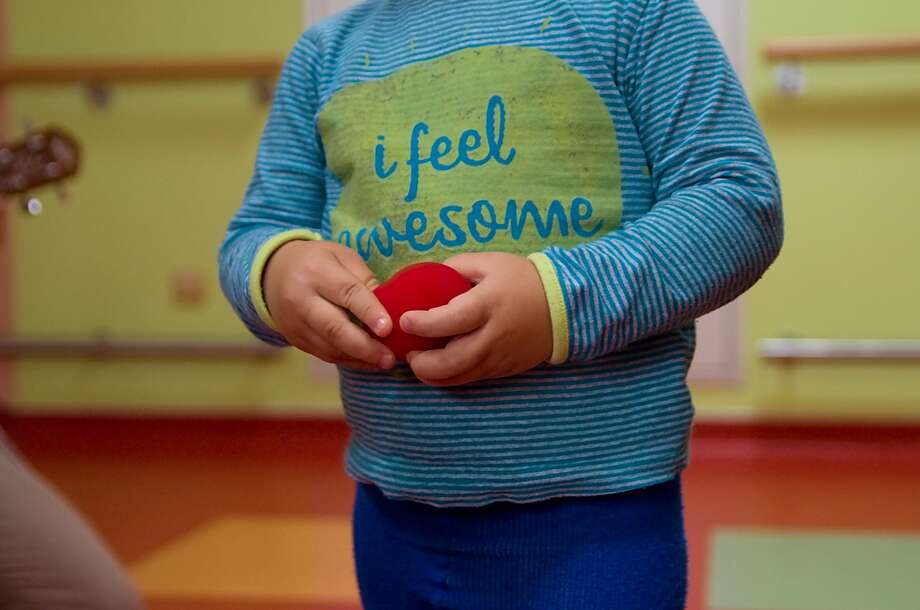
Confronting the Elephant
Confronting the Elephant
Rupert was a nine-year-old boy who had an inoperable tumour on his shin bone. The prescribed remedy: amputation. This is what we were told while we were being briefed for our clown visit at the children’s cancer ward in Berlin-Buch.
What Dr. Medner went on to explain to us boggled our minds, challenged our imagination, instilled respect for the capabilities of modern medicine and humbled us.
“In order to leave Rupert not only with a working knee joint,« Dr. Medner continued, »but also a limb sufficient for operating a prosthetic leg, we have performed what is called an inverse joint replacement.
« Instead of amputating just below the knee, which might have seemed logical but would have left Rupert with a stump that would make it difficult to wear a false limb, they amputated his leg above the knee and then grafted his amputated foot onto the upper leg. This was done in such a way that Rupert’s foot was now just below his knee and pointing backwards. This meant that his ankle joint had become a functioning knee joint, and the foot just below the knee would serve as a much better appendage for operating a prosthetic leg and foot when he was ready. The sole of Rupert’s transplanted foot had more surface area and better padding than a skin-covered stump. Also, the working muscles and toes in the living foot would give him good control and sensory response.
This all sounded very logical and our minds were prepared for the reality of this anatomical anomaly. However, we weren’t emotionally prepared for the sight we saw when we entered his room for the first time.
Rupert was sitting on his bed with his legs crossed. His left leg tucked under the right. His right crossed on top with a foot where a shin bone should have been – the foot pointing backwards as if contorted. It looked as if someone had taken his limbs and thrown them pell-mell into his lap like a heap of firewood.
We stood in the doorway, frozen for a moment in shock. We were helpless as to what to say. Then something really stupid came out of my mouth.
“Rupert” I said, taking on the persona of Willi the Clown, “you put your foot on backwards this morning”. There was a complete silence in the room. The two other boys who shared the room with Rupert looked at me like I had just said the most unspeakable thing. My clown partner looked at me as if she wished she could unhear what I’d just said. I glanced briefly around with confused curiosity. Rupert looked at me with a somewhat impertinent smile and said: »No, Willi. The doctors did that. It’s supposed to be that way”, "Oh" I replied, "does that happen to you very often?" What followed was, in a way, a little miracle.
Rupert began to explain the entire operation, why it was better for him to have his own foot at the end of his knee and what he would be able to do with it. He attested to his own healing process. The ice surrounding this anomaly that nobody in the room knew how to address had been broken. He was proud of what he had and what it would do for him, and the others found an outlet for their curiosity – and their fears.
Rupert explained the whole thing: how they had operated, why the inversion was a good choice and what it would mean for his prosthetic. He began to »own« this special part of him. We asked, of course, if his foot really worked. It did. He could move it. Feel it. Be tickled. He could spread his toes and hold a pencil in them, and it even smelled like a foot. We all laughed and played. In the end, we even strung up a line across the room and played a round of volleyball with a balloon. Everybody was only allowed to use their feet and Rupert won. He was a hero.
Looking back, I was glad I had trusted my intuition and clumsily broken open that little sealed box of fears. It was like speaking to the elephant in the room that no one mentions because they are afraid to acknowledge it. Rupert proved to us that he was ready to take on that silly question and to confront the elephant.

